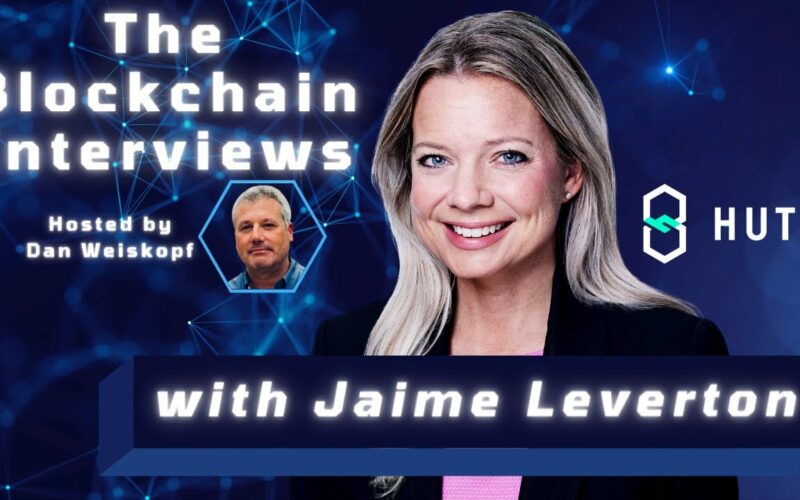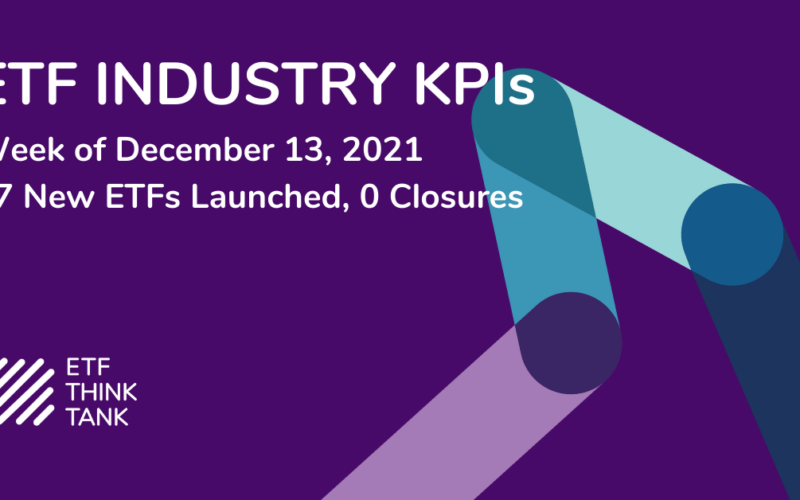One segment of the economy that has experienced an incredible amount of volatility since the pandemic is the food service industry. From forced closures to simple survival and finally reopening but struggling with severe staffing shortages, the restaurant space has been almost forced to evolve very rapidly. Mike Halen, the restaurant analyst for Bloomberg Intelligence, joined the ETF Think Tank to discuss his views on this sector and where it could be headed next.
The first and perhaps most inevitable question had to do with food inflation and when it might come to an end. Halen says that the biggest factor right now is that customers are willing to pay the higher prices that restaurants are passing on to them. That goes for both food input prices and the costs of working with companies, such as GrubHub and UberEats. For now, higher prices haven’t been enough to change customer behavior and as long as people are willing to pay the convenience fees for food delivery, conditions will probably remain at least in the near-term.
Staffing, of course, is a big issue in the restaurant industry today and Halen, unfortunately, doesn’t see it returning to pre-pandemic levels. Turnover has always been high in food service – 130% annual turnover in hourly workers and 40% at the general manager level – but low pay, stress and other factors are causing a large number of workers to leave the space and never return. That’s forced many restaurants to raise wages and improve benefits to attract workers, but other innovation is going to be needed to address staffing problems.
Halen feels that technological development is where the industry is headed next. Businesses are testing and implementing new technologies to make operations more efficient and more cost-effective, while reducing the need for workforce. Some examples would include self-ordering and bill payment right at the table of casual dining restaurants or self-ordering kiosks at fast food restaurants.
Halen also expects more restaurants to move towards a 1-to-1 marketing model. Starbucks is currently a leader in this space. It encourages people to use the Starbucks app for mobile ordering and then uses the data, such as order times and favorites, to send coupons at exactly the right moment. The old model of big chains buying time on TV to advertise is probably going to start going away as technology develops to allow them to be more direct at the individual level.
Other key takeaways:
- What Domino’s has done as a turnaround story should be taught in MBA classes for the next 50 years. The company was very upfront about bad food taste and what it was going to do to address it. The technological development it has done has also helped catapult it to a leader in the industry.
- The gig economy has been very good for the restaurant space. It took some time to figure out the food delivery piece and it wasn’t profitable for a while. Now, companies are making money off of it as they’ve been able to use their scale to squeeze the delivery providers on fees.
- There have been two restaurant ETFs previously that didn’t survive and a third that just recently launched. Why haven’t restaurant ETFs been more successful? Halen thinks it’s because people just don’t understand the space. They associate a bad experience at a restaurant and don’t want to buy the stock. There’s also the perception that restaurants are a terrible business, and many go out of business quickly.
- Halen feels there’s not much of an ESG story in restaurants. There’s a push towards more locally sourced foods and shortened supply chains, but the combination of worker hours, food quality and other factors are likely to work against it.
Disclosure
All investments involve risk, including possible loss of principal.
The information provided here is for financial professionals only and should not be considered an individualized recommendation or personalized investment advice. The investment strategies mentioned here may not be suitable for everyone. Each investor needs to review an investment strategy for his or her own particular situation before making any investment decision.
All expressions of opinion are subject to change without notice in reaction to shifting market conditions. Data contained herein from third party providers is obtained from what are considered reliable sources. However, its accuracy, completeness or reliability cannot be guaranteed.
Examples provided are for illustrative purposes only and not intended to be reflective of results you can expect to achieve.
The value of investments and the income from them can go down as well as up and investors may not get back the amounts originally invested, and can be affected by changes in interest rates, in exchange rates, general market conditions, political, social and economic developments and other variable factors. Investment involves risks including but not limited to, possible delays in payments and loss of income or capital. Neither Toroso nor any of its affiliates guarantees any rate of return or the return of capital invested. This commentary material is available for informational purposes only and nothing herein constitutes an offer to sell or a solicitation of an offer to buy any security and nothing herein should be construed as such. All investment strategies and investments involve risk of loss, including the possible loss of all amounts invested, and nothing herein should be construed as a guarantee of any specific outcome or profit. While we have gathered the information presented herein from sources that we believe to be reliable, we cannot guarantee the accuracy or completeness of the information presented and the information presented should not be relied upon as such. Any opinions expressed herein are our opinions and are current only as of the date of distribution, and are subject to change without notice. We disclaim any obligation to provide revised opinions in the event of changed circumstances.
The information in this material is confidential and proprietary and may not be used other than by the intended user. Neither Toroso or its affiliates or any of their officers or employees of Toroso accepts any liability whatsoever for any loss arising from any use of this material or its contents. This material may not be reproduced, distributed or published without prior written permission from Toroso. Distribution of this material may be restricted in certain jurisdictions. Any persons coming into possession of this material should seek advice for details of and observe such restrictions (if any).












